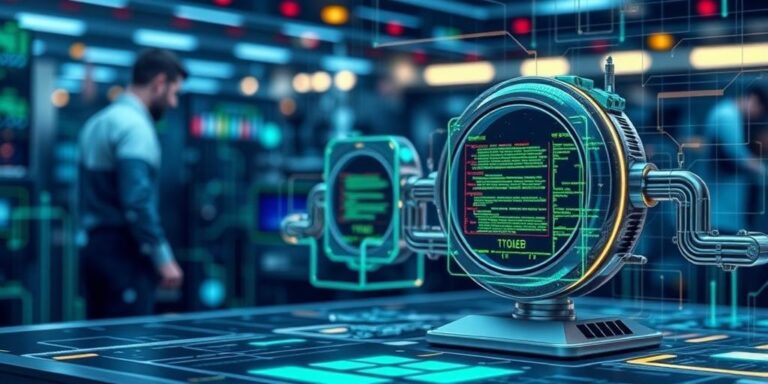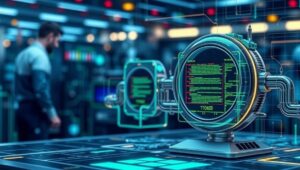Self-Healing Software Systems: Autonomous Maintenance (2028)
In the rapidly evolving landscape of software engineering, the concept of self-healing systems has emerged as a critical area of innovation. By 2028, autonomous maintenance will be a defining characteristic of robust and reliable software systems. This article explores the principles, technologies, and future implications of self-healing software, focusing on how these systems autonomously detect, diagnose, and repair issues.
Understanding Self-Healing Software
Self-healing software systems are designed to automatically identify and resolve issues with minimal human intervention. These systems incorporate mechanisms for continuous monitoring, anomaly detection, automated diagnostics, and dynamic recovery. The primary goal is to maintain operational stability, reduce downtime, and enhance overall system resilience.
Key Components of Self-Healing Systems:
- Monitoring and Detection: Real-time monitoring tools track system performance, resource utilization, and error rates.
- Diagnosis: Advanced algorithms analyze detected anomalies to pinpoint the root causes of issues.
- Recovery: Automated procedures initiate corrective actions, such as restarting services, reallocating resources, or rolling back problematic code.
- Prevention: Learning from past incidents, the system implements preventive measures to avoid similar issues in the future.
Technologies Enabling Autonomous Maintenance
Several technologies are pivotal in enabling autonomous maintenance in self-healing systems:
- Artificial Intelligence (AI) and Machine Learning (ML): AI and ML algorithms analyze vast amounts of operational data to detect patterns, predict failures, and optimize system performance. Anomaly detection, predictive maintenance, and automated root cause analysis are key applications.
- Automation and Orchestration: Tools like Kubernetes and Docker enable the automated deployment, scaling, and management of applications. Orchestration platforms facilitate the coordination of recovery actions, ensuring that services are restored quickly and efficiently.
- Cloud Computing: Cloud environments provide the scalability and flexibility needed to implement self-healing systems. Dynamic resource allocation, automated backups, and disaster recovery solutions are integral to cloud-based self-healing architectures.
- Feedback Loops and Continuous Improvement: Self-healing systems incorporate feedback loops to continuously improve their performance. Monitoring and logging provide data for analysis, allowing the system to learn from past incidents and optimize its recovery strategies.
Use Cases and Applications
Self-healing software systems are applicable across various industries:
- E-commerce: Ensuring website availability and transaction integrity during peak shopping seasons.
- Financial Services: Maintaining the reliability of banking systems and trading platforms.
- Healthcare: Supporting critical applications such as electronic health records and telemedicine services.
- Manufacturing: Automating the maintenance of industrial control systems and robotics.
Challenges and Considerations
Despite the benefits, implementing self-healing systems presents several challenges:
- Complexity: Designing and implementing self-healing mechanisms can be complex, requiring expertise in multiple domains.
- Security: Ensuring that automated recovery actions do not introduce new security vulnerabilities is crucial.
- Testing: Thoroughly testing self-healing capabilities is essential to validate their effectiveness.
- Data Privacy: Handling sensitive data during monitoring and recovery operations requires careful consideration of privacy regulations.
The Future of Autonomous Maintenance
By 2028, autonomous maintenance will be integral to modern software systems. Advances in AI, automation, and cloud computing will drive the evolution of self-healing technologies, enabling systems to autonomously manage their lifecycle. The ability to predict and prevent failures, automatically recover from incidents, and continuously optimize performance will become a standard expectation for software reliability and resilience.
Conclusion
Self-healing software systems represent a significant advancement in software engineering. Autonomous maintenance ensures that systems remain operational, reliable, and resilient, even in the face of unexpected challenges. As we move towards 2028, organizations that embrace self-healing principles will gain a competitive edge by minimizing downtime, reducing operational costs, and delivering superior user experiences.




